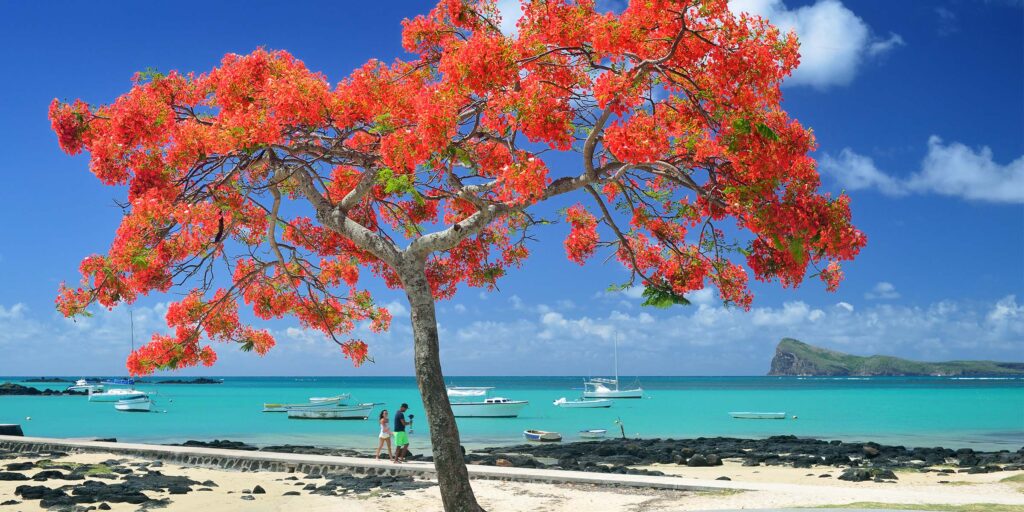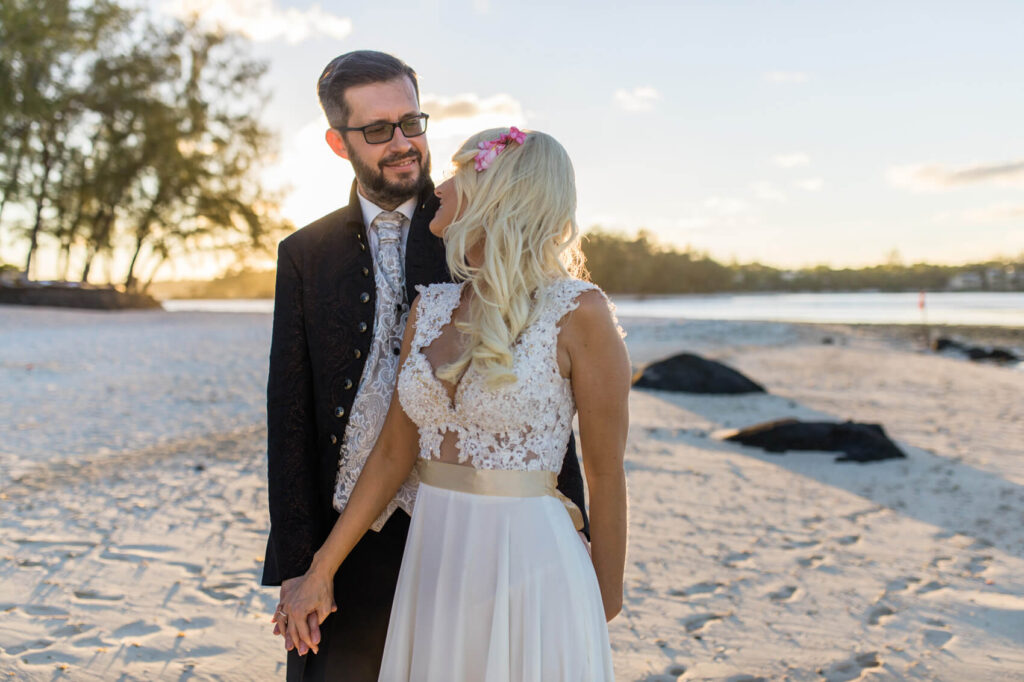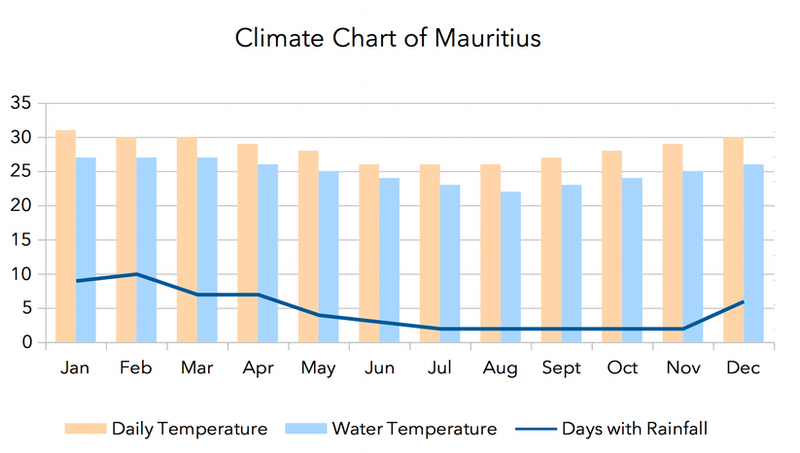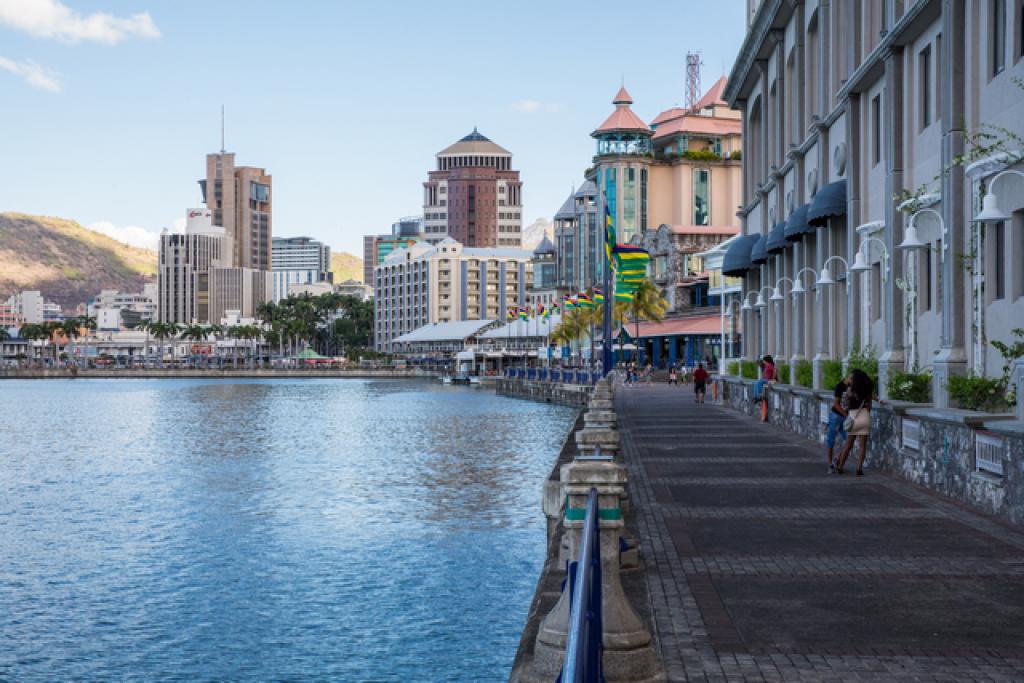Mauritius: Your Ultimate Island Destination
Table of Contents
Introduction: Explore the Magic of Mauritius

Mauritius is more than just a tropical island—it’s a paradise where dreams of a perfect wedding come to life. With its powdery white-sand beaches, turquoise lagoons, and lush greenery, Mauritius offers an idyllic setting that’s second to none. From intimate beach ceremonies with the gentle waves as your soundtrack to luxurious celebrations in world-class resorts, this island ensures your special day is as magical as the love you’re celebrating.
But Mauritius isn’t just about stunning scenery. Its warm hospitality, diverse culture, and seamless blend of modernity and tradition make it a favorite destination for couples from around the world. Whether you envision a barefoot ceremony by the ocean, a formal affair in a grand hotel, or an adventurous celebration in a nature reserve, Mauritius offers endless possibilities for a wedding that reflects your unique style.
Planning a destination wedding may seem daunting, but Mauritius makes it easy. With tailored wedding packages, experienced planners, and legal procedures that are straightforward for international couples, you can focus on enjoying the journey to your big day. Mauritius isn’t just a destination—it’s the beginning of your forever in a place that’s as unforgettable as your love story.
Make your wedding in Mauritius an event to remember—a perfect start to a lifetime of happiness.
Fast Facts: Getting Married in Mauritius

Weather & Seasons:
Hot & Sunny: October to December.
Hot & Humid: January to March (cyclones rare).
Pleasant & Dry: April to September, ideal for outdoor activities.
Currency:
Official currency: Mauritian Rupee (MUR).
1 Euro ≈ 45 MUR.
Best Travel Times for Weddings:
October to March: Warm temperatures up to 33°C, ideal for beach weddings.
April to October: Cooler and less humid, great for hiking and excursions.
Legal Wedding Requirements:
Straightforward legal process for international couples.
Required documents: Birth certificates, passports, and certificates of no impediment (varies by nationality).
Weather and Climate

Mauritius, located in the southern hemisphere, experiences seasons opposite to those in Europe. The island does not have four distinct seasons but rather:
- October to December: Hot and sunny.
- January to March: Hot and humid, with occasional tropical cyclones.
- April to September: Pleasant and dry.
Best Time for a Wedding
Mauritius is a year-round destination.
- October to March: Ideal for those seeking warm weather and an escape from European winters. Daytime temperatures can reach 33°C, with sea temperatures around 29°C. December and January are also the mango and lychee seasons.
- April to October: Cooler weather, perfect for hiking and outdoor activities. Temperatures range from 24°C to 30°C, and the northern part of the island sees minimal rainfall. Sea temperatures stay between 23°C and 27°C.
Cyclones
Tropical cyclones are rare but can occur between January and March, typically once every 3–5 years. Staying indoors during such events is advisable.
Sunlight
- December: Longest days, with up to 13.5 hours of daylight. Sunrise at 5:30 AM and sunset at 7:00 PM.
- June: Shorter days, with around 11 hours of daylight. Sunrise at 6:30 AM and sunset at 5:30 PM.
Regional Climate Differences
- North and West: Warm and dry with fewer rainy days.
- East: Warm but rainier and windier, particularly from June to September.
- South: The wettest region, experiencing frequent rain and wind during the rainy season.
Currency and Payments

Official Currency: The official currency of Mauritius is the Mauritian Rupee (MUR).
Exchange Rates: Exchange rates can fluctuate, but as a general guide, 1 Euro is usually equivalent to around 45 MUR.
Currency Exchange: Money can be easily exchanged at the airport, local exchange offices, and banks. ATMs are widely available and accept most international cards.
Credit Cards: Major credit cards (Visa, Mastercard, and American Express) are accepted in most hotels, restaurants, and shops. However, smaller vendors, local markets, and small shops may prefer cash.
Tipping: Tipping is not mandatory but appreciated. A small tip for good service in restaurants or for taxi drivers is customary.
Flights from Europe to Mauritius

Direct flights are available from several major cities. Below is an overview:
Departure Country | Airlines | Duration |
France | Air France, Air Mauritius | 11–12 hours |
UK | British Airways, Air Mauritius | Around 12 hours |
Germany | Lufthansa, Condor | 11–12 hours |
Other Cities | Connecting flights via hubs like Dubai (Emirates), Istanbul (Turkish Airlines), or Doha (Qatar Airways) | Varies |
Best Time to Book: Reserve tickets 3–4 months in advance for better prices, especially during peak seasons.
Airport Taxis and Transfers
Taxis: Widely available at Sir Seewoosagur Ramgoolam International Airport.
Prices: Ranges from 2,000 to 2,500 MUR (40–55 Euros) to destinations like Port Louis or Grand Baie. Always agree on a fare beforehand or arrange a transfer with your hotel.
Pre-Booked Transfers: Many hotels offer pre-arranged shuttles. Private transfers can also be booked online.
Rental Cars
Cost: €30–€50 per day on average.
Driving Rules: Cars drive on the left-hand side. A valid international or European driving license is required.
Road Conditions: Most roads are well-maintained, but some inland routes are narrow and winding—drive with caution.
Fuel Cost: Petrol costs around 55 MUR per litre (~€1.20).
Sightseeing Highlights
Mauritius offers a mix of natural beauty, history, and culture. Key spots include:
- Le Morne Brabant: A UNESCO World Heritage Site with stunning views and rich history.
- Chamarel: Known for its Seven Colored Earth and Chamarel Waterfall.
- Black River Gorges National Park: Offers hiking trails with lush rainforests and rare bird species.
- Pamplemousses Botanical Garden: Famous for giant water lilies and exotic plants.
- Île aux Cerfs: A small island with pristine beaches and water activities.
- Grand Bassin: A sacred Hindu lake surrounded by temples and statues.
- Port Louis: The capital city, featuring the Caudan Waterfront, Citadel Fort, and bustling markets.
- Casela Nature Park: A wildlife and adventure park with safaris and zip-lining.
- Domaine de l’Étoile: A nature reserve offering quad biking, hiking, and horseback riding.
Beaches in Mauritius
- Grand Baie: Vibrant and lively, with clear waters and nightlife.
- Belle Mare: Peaceful with powdery white sand, ideal for long walks.
- Flic en Flac: Perfect for swimming and snorkeling, with stunning sunsets.
- Le Morne Beach: A haven for windsurfing and kitesurfing.
- Blue Bay: Known for its marine park, ideal for snorkeling.
- Trou aux Biches: Family-friendly with shallow waters and plenty of shade.
- Île aux Cerfs: Offers water sports and beautiful beaches for day trips.
Cuisine and Dining
Mauritian cuisine is a flavorful blend of Indian, African, Chinese, and French influences.
- Street Food: Try Dholl Puri, Gateaux Piments, and Boulettes.
- Signature Dishes: Rougaille, Biryani, Cari Poule, and fresh seafood like Grilled Lobster and Octopus Curry.
- Desserts: Don’t miss Napolitaine (buttery biscuits with jam) and Alouda (a local milkshake with agar jelly).
- Upscale Dining: Beachfront restaurants offer fine dining with a fusion of flavors. Markets like Port Louis Market are great for sampling authentic snacks.
A Brief History of Mauritius
- 10th Century: Discovered by Arab sailors.
- 1598: Settled by the Dutch, who introduced sugarcane and deer.
- 1715: Taken over by the French, who developed sugar plantations.
- 1810: Captured by the British during the Napoleonic Wars.
- 1835: Slavery abolished; Indian laborers brought in.
- 1968: Mauritius gained independence.
- 1992: Became a republic within the Commonwealth.
Today, Mauritius is a harmonious blend of cultures, languages, and traditions, making it a truly unique destination.
Mauritius Reference Guide: Essential Links for Your Journey
To make your trip to Mauritius seamless, we’ve compiled a list of essential resources and official websites to help with planning, activities, and navigating the island.
Official Travel Information
- Mauritius Tourism Promotion AuthorityYour official source for travel guides, activities, and local events.Visit Mauritius Tourism
- Government of MauritiusUpdates on entry requirements, visas, and other essential information.Government Portal
Transportation & Flights
- Sir Seewoosagur Ramgoolam International AirportFlight schedules, airport services, and arrival/departure details.Mauritius Airport
- Air MauritiusOfficial airline of Mauritius with regular flights from major cities.Book Flights with Air Mauritius
- Rental Cars in MauritiusFind reliable car rental services to explore the island.Discover Car Hire
Local Attractions & Activities
- Le Morne Brabant (UNESCO Heritage Site)
Information on hiking trails and the mountain’s cultural significance.
UNESCO Listing - Chamarel Waterfall and Seven Coloured Earth
Details on visiting these iconic natural wonders.
Chamarel Visitor Info - Casela Nature Park
Wildlife safaris and adventure activities like zip-lining.
Visit Casela
Weather and Climate
- Weather Updates for Mauritius
Get the latest forecasts for your trip.
Mauritius Weather Updates
Currency & Payments
- Currency Converter
Check the latest exchange rates for the Mauritian Rupee.
XE Currency Converter
Table of Contents

Your Dream Wedding or Proposal in Mauritius
Ready to create a magical moment? Whether you're planning the wedding of your dreams or a romantic beach proposal, we're here to make it unforgettable. Let us handle the details while you focus on enjoying your special day.


